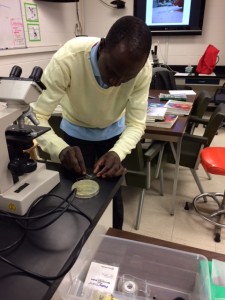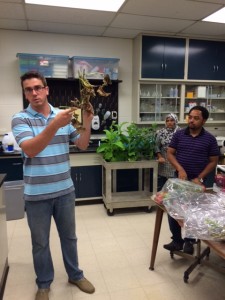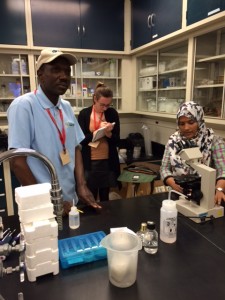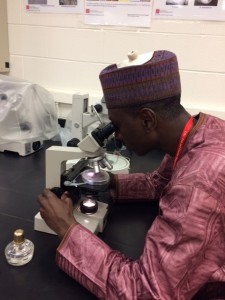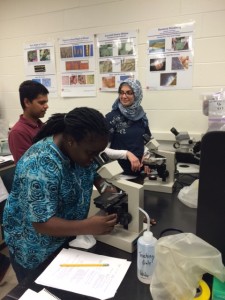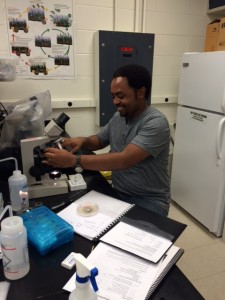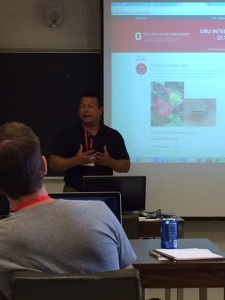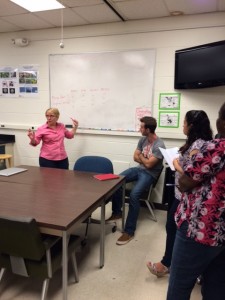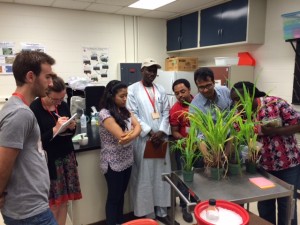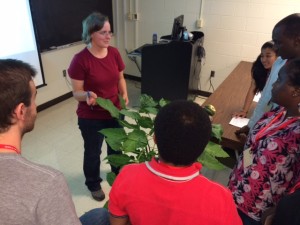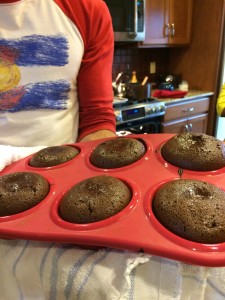 The weekend is a time for a break during the Short Course, and on Saturday, participants braved the rainy weather to visit the Wooster Farmers’ Market and a number of local shops and attractions. We were all then treated to multi-cultural lunch at the home of Professor Miller, with Brazilian barbecue, Bangladeshi chicken and vegetables, American salads – with fresh greens from the Farmers’ Market, and an amazing array of deserts – Ramekins Fondant au Chocolat, Tiramisu, rice pudding, and fruit tarts, all prepared by Short Course participants and trainers.
The weekend is a time for a break during the Short Course, and on Saturday, participants braved the rainy weather to visit the Wooster Farmers’ Market and a number of local shops and attractions. We were all then treated to multi-cultural lunch at the home of Professor Miller, with Brazilian barbecue, Bangladeshi chicken and vegetables, American salads – with fresh greens from the Farmers’ Market, and an amazing array of deserts – Ramekins Fondant au Chocolat, Tiramisu, rice pudding, and fruit tarts, all prepared by Short Course participants and trainers.
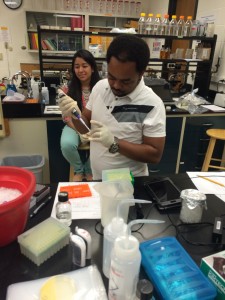
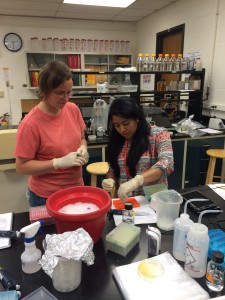
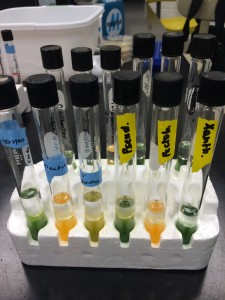
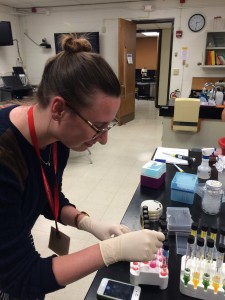
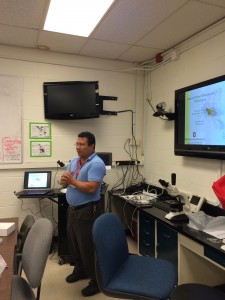
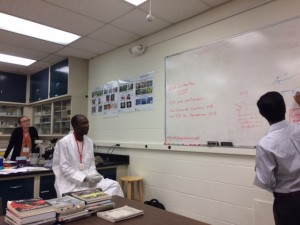 tion are being adopted for plant disease diagnosis. Today, Professor Francesca Peduto Hand provided an excellent primer on the theory and practice of end-point PCR, qPCR and isothermal DNA amplification assays such as LAMP.
tion are being adopted for plant disease diagnosis. Today, Professor Francesca Peduto Hand provided an excellent primer on the theory and practice of end-point PCR, qPCR and isothermal DNA amplification assays such as LAMP.